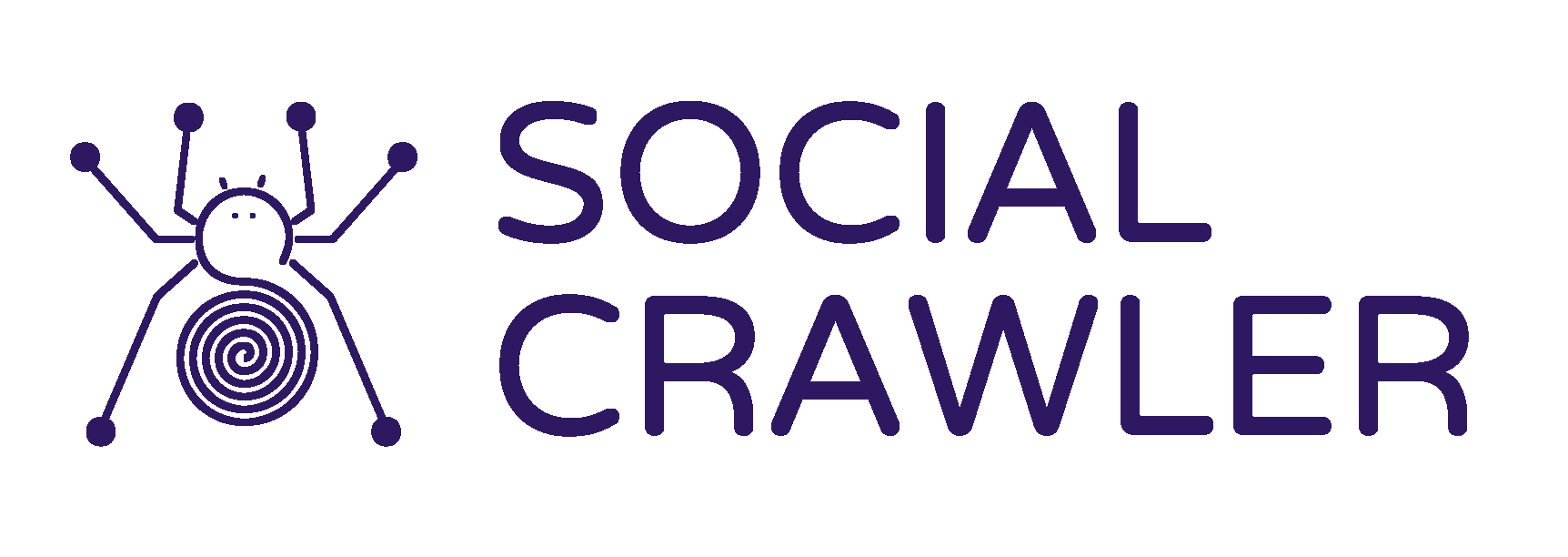In today’s digital era, where attention spans are shrinking and competition is fierce, website speed optimization plays a crucial role in the success of any online business. Slow-loading websites frustrate users and lead to high bounce rates, lower conversions, and diminished search engine rankings. To thrive in the online landscape, it’s essential to implement strategies that enhance your website’s loading times. In this blog, we will explore effective techniques and strategies for website speed optimization to help you create a faster and more efficient user experience.
- Measure and Analyze: Before embarking on the journey of speed optimization, it’s vital to measure and analyze your website’s current performance. Various tools like Google PageSpeed Insights, GTmetrix, and Pingdom provide valuable insights into your website’s loading times, performance metrics, and potential areas for improvement. By identifying the specific elements that contribute to slow loading, you can prioritize optimization efforts and track your progress throughout the optimization process.
- Optimize Images: Images are often the biggest culprits when it comes to slow-loading websites. Optimizing images is crucial for reducing their file size without compromising on quality. Techniques such as compressing images, using appropriate image formats (JPEG, PNG, SVG), and implementing lazy loading can significantly improve loading times. Additionally, utilizing responsive images based on device resolutions ensures that users receive appropriately sized images, further enhancing the overall speed and user experience.
- Minify CSS and JavaScript: Reducing the size of CSS and JavaScript files can significantly boost website performance. Minification involves removing unnecessary characters, white spaces, and comments from these files, thus reducing their overall size. Additionally, merging multiple CSS and JavaScript files into single files and placing them at the bottom of the HTML document can minimize the number of requests made by the browser, leading to faster loading times.
- Leverage Browser Caching: Browser caching allows you to store certain elements of your website on a user’s device, enabling faster subsequent visits. By setting appropriate cache headers and expiration dates, you can instruct the user’s browser to cache static resources such as images, CSS, and JavaScript files. This reduces the need for repeated downloads and improves overall loading times, particularly for returning visitors.
- Utilize Content Delivery Networks (CDNs): Content Delivery Networks (CDNs) distribute your website’s content across multiple servers worldwide. This geographical distribution ensures that users receive data from the server closest to their location, minimizing latency and reducing loading times. By offloading bandwidth-intensive tasks to CDNs, such as serving images, CSS, and JavaScript files, you can significantly enhance website speed and improve the user experience across different regions.
- Optimize Server and Hosting: Choosing the right hosting provider and optimizing server settings are critical factors in website speed optimization. Ensure that your hosting provider offers adequate server resources, including sufficient RAM, processing power, and storage. Additionally, enabling server-level caching, utilizing HTTP/2, and implementing technologies like Gzip compression can drastically improve server response times and overall website performance.
- Implement Lazy Loading: Lazy loading is a technique that defers the loading of non-critical elements, such as images, videos, or ads, until they are about to become visible in the user’s viewport. By implementing lazy loading, you can significantly reduce initial page load times and improve the perceived performance of your website, especially on pages with large amounts of multimedia content.
- Optimize Database and Code: Database optimization involves streamlining queries, removing unnecessary data, and indexing tables to improve query execution times. Similarly, optimizing code by removing redundant code, minimizing database calls, and using efficient algorithms can contribute to faster loading times. Regular maintenance and optimization of both the database and codebase are essential to ensure optimal performance and speedy user experiences.
Conclusion: A slow-loading website can have detrimental effects on user engagement, conversions, and search engine rankings. By implementing the strategies outlined in this blog, you can significantly improve your website’s loading times and provide visitors with a seamless and enjoyable browsing experience. Remember to continuously monitor your website’s performance, adapt to new technologies and best practices, and make speed optimization an ongoing priority. With a faster website, you’ll not only satisfy users but also stay ahead of the competition in the fast-paced digital landscape.
Want your online business to experience next level-growth?
Partner with our team of expert digital marketing specialists at Social Crawler, and get ready to witness a striking revamp of your website! Let’s turn your website into the gateway of higher sales, higher revenue, and of course. Give us a call at +91-8687222220 or drop us an email or free website audit to begin this journey together.



